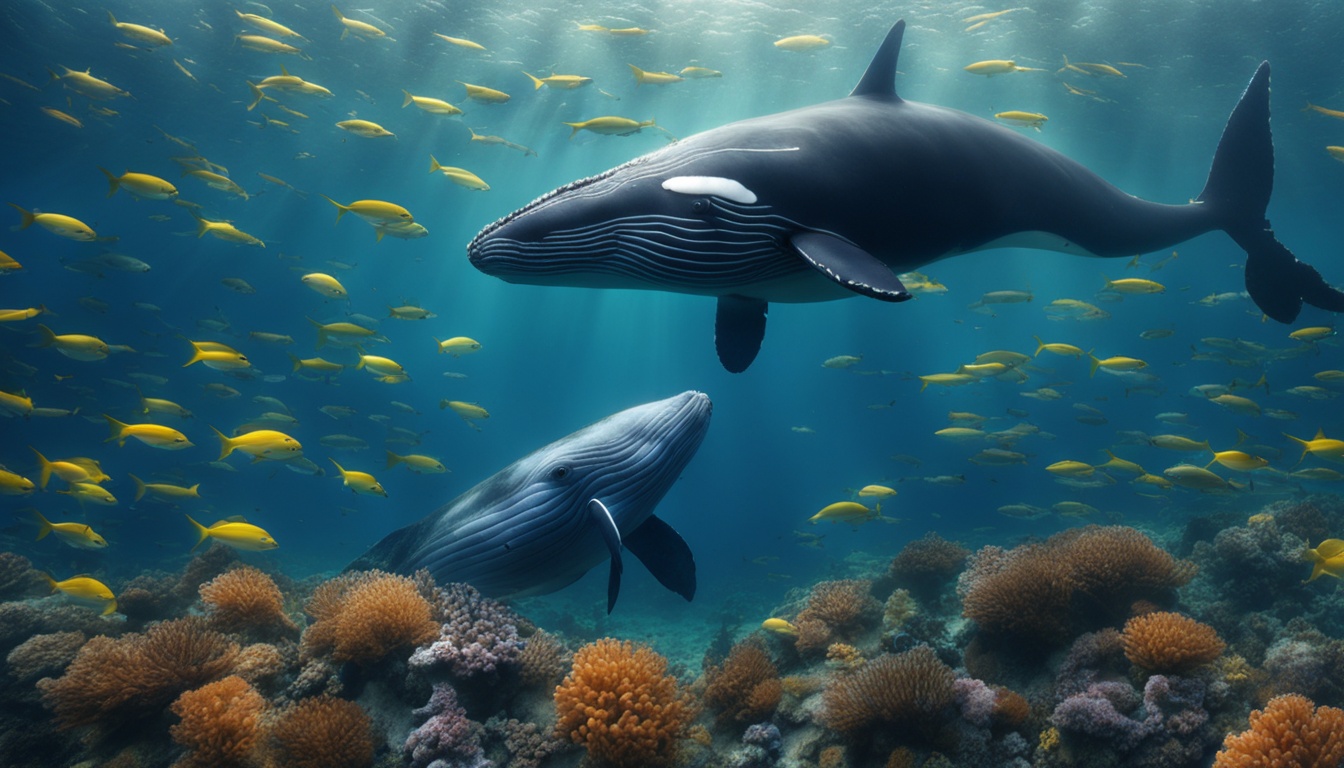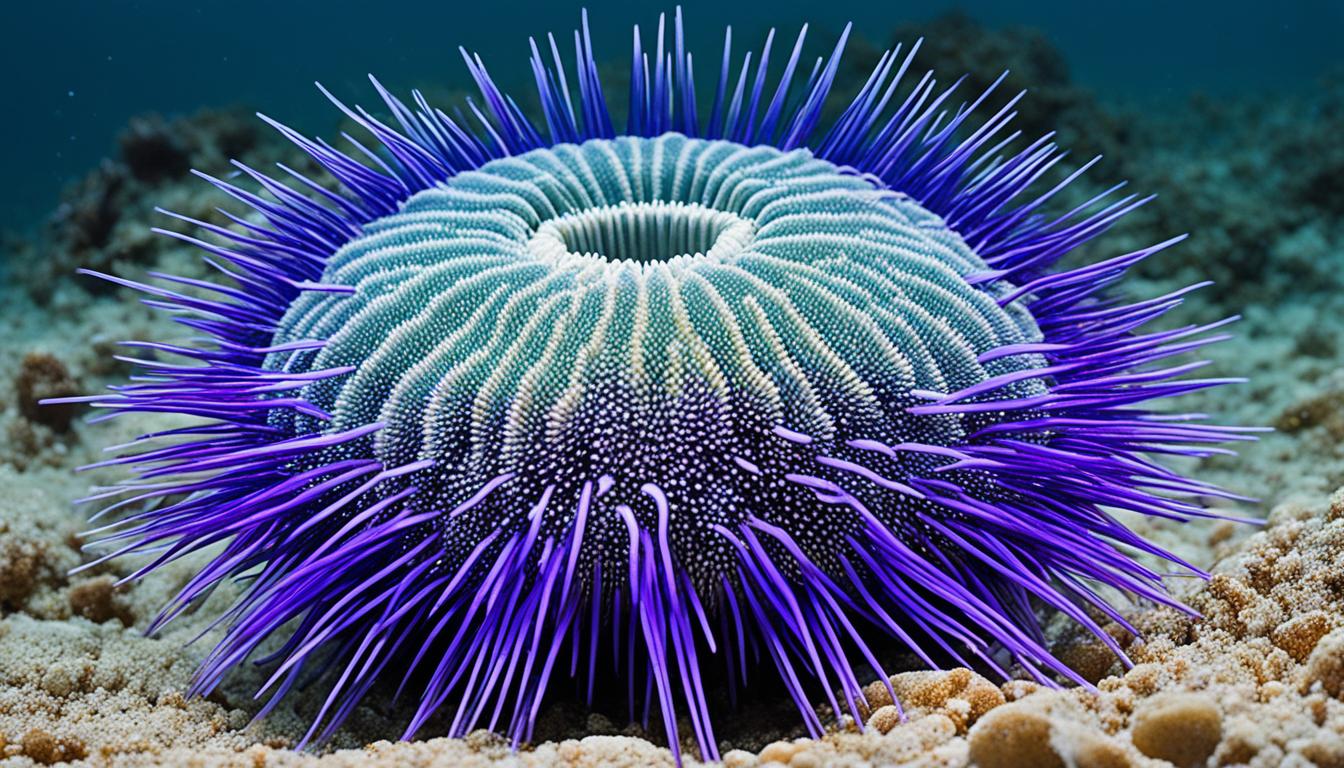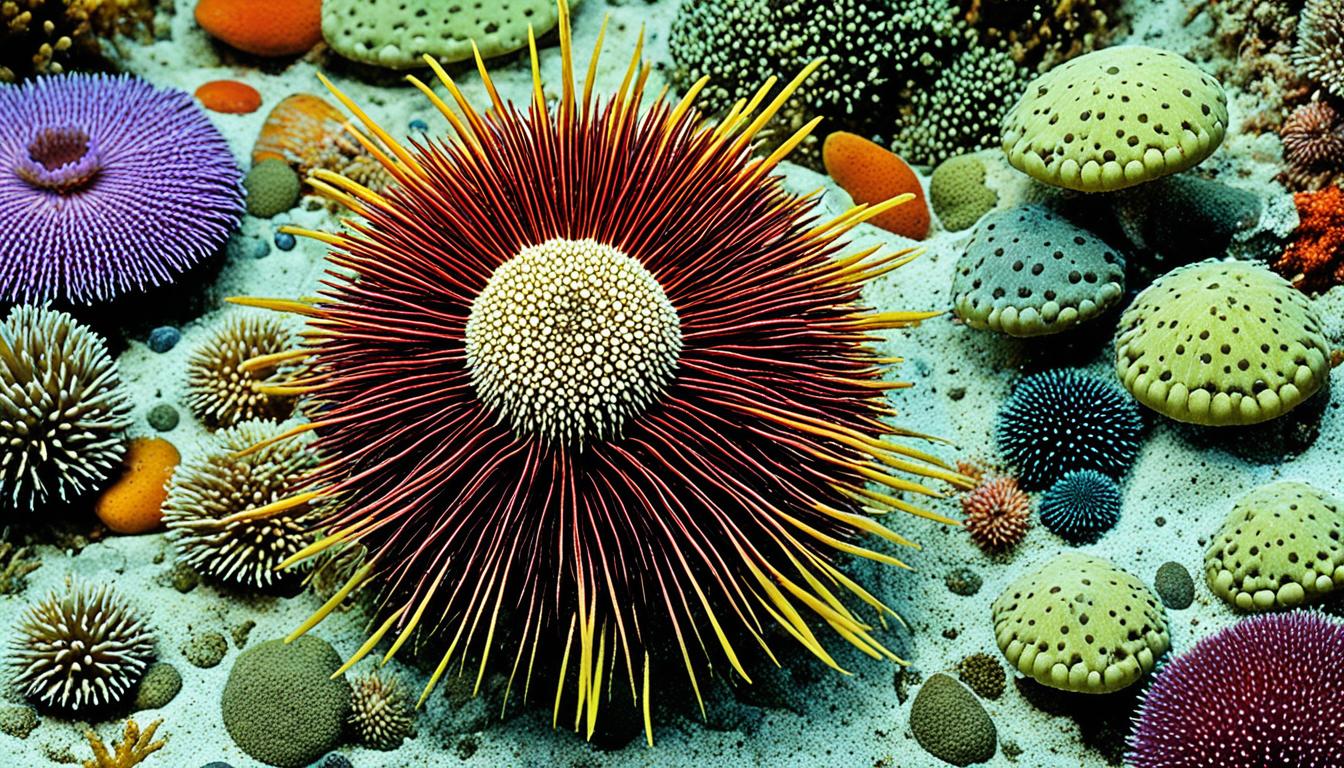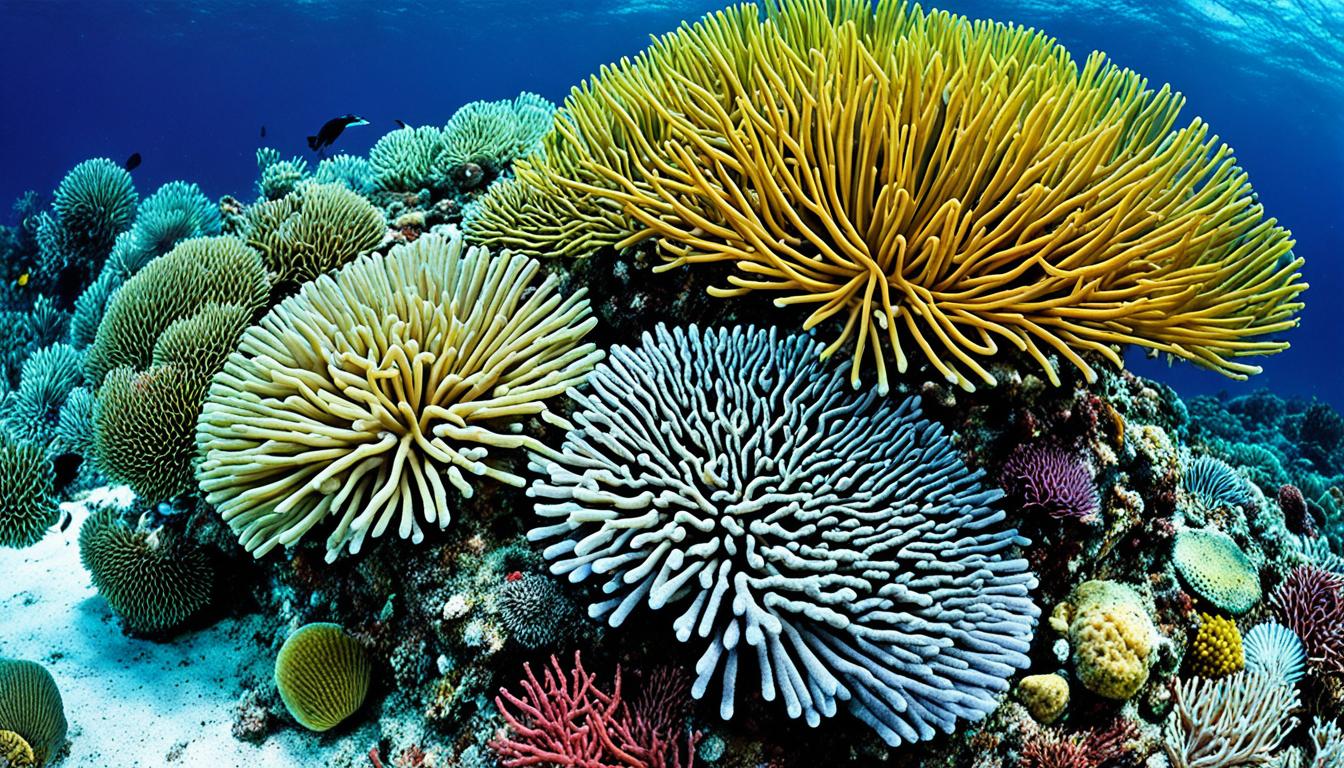Whale reproduction is a fascinating topic that captures the interest of scientists and enthusiasts alike. You might be curious about how whales reproduce and their unique mating habits. It’s crucial to understand these processes for the survival of these magnificent sea creatures and the health of our oceans.
This section will explore the intricacies of whale reproduction. We’ll look into their reproductive cycles and gestation periods. These vary across different whale species.
Understanding Whale Reproduction
Whales have fascinating ways of reproducing, with different mating habits and social structures. Female whales become ready to have babies between 5 to 15 years old. Males are a bit older, around 5 to 15 years, before they can mate.
Knowing how whales reproduce means understanding their reproductive parts like ovaries and uterus. These parts are key to their ability to have babies.
Whales have unique ways of breeding that are shaped by their social lives and the environment. Things like where they live and what they eat can affect their chances of mating. Their social groups also play a big role in when and where they mate.
Learning about whale reproduction helps us see how these amazing creatures keep their kind going. It shows us how they adapt and survive through the ages.
The Reproduction Process of Whales
The reproduction of whales is complex and varies by species. It starts with courtship, where males sing, show off, and interact to draw in females. These behaviors are key to successful reproduction.
Females pick their mates based on size and strength. This choice helps increase genetic diversity in whale populations.
The time it takes for whales to gestate varies a lot. For example, blue whales gestate for about 10 to 12 months. Killer whales take up to 18 months. Knowing these times helps researchers in whale ecology and conservation.
| Whale Species | Gestation Period |
|---|---|
| Blue Whale | 10-12 months |
| Killer Whale | 16-18 months |
| Humpback Whale | 11-12 months |
| Gray Whale | 13-14 months |
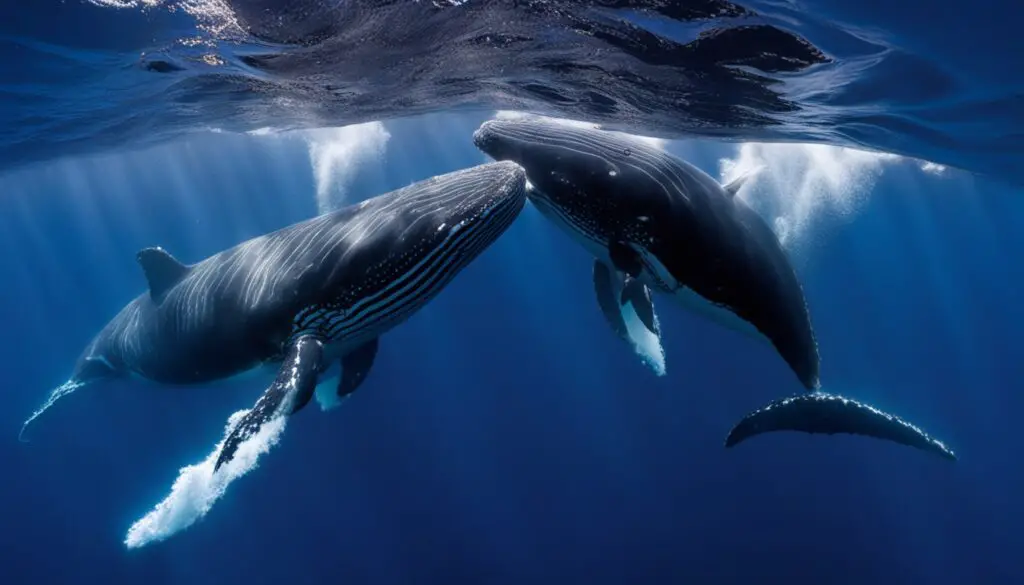
How Do Whales Reproduce?
Whales have fascinating ways of reproducing, with different species having their own unique mating practices. To understand how whales reproduce, we need to look at the behaviors that lead to successful breeding. These behaviors vary greatly, shaped by their environment and social structures.
Common Mating Habits Among Different Species
Many whale species have special courtship rituals. For example:
- Humpback whales perform acrobatic displays, including breaching and tail slapping.
- Grey whales make complex sounds to attract mates.
- Blue whales use deep sounds that can travel far underwater.
These rituals are not just impressive. They are crucial for attracting mates and continuing their species.
Unique Breeding Behaviors in Killer Whales
Killer whales, or orcas, have special breeding behaviors. Their social structure, led by females, plays a big role in raising their young:
- Some females stop reproducing to focus on their kids’ survival and learning.
- Older females teach the pod about finding food and avoiding dangers.
This way of parenting, along with their unique mating habits, shows how they reproduce successfully.
Whale Gestation Period: An Overview
The whale gestation period is key to their reproductive cycle, varying across species. For instance, sperm whales carry their young for about 14 to 16 months. In contrast, bottlenose dolphins have a shorter gestation of around 12 months. This shows how adaptable these marine mammals are and how their reproductive strategies differ.
Various factors can affect the length of whale gestation and their reproductive cycle. Environmental changes, like ocean temperature and food availability, are crucial. When food is scarce, mothers may not get enough nutrients, impacting pregnancy success.
Studying the gestation periods of whales can reveal how external pressures affect their reproduction. Long-term changes in the environment might extend gestation or harm calf survival. Looking at whale reproduction through gestation helps us see the fine balance they keep in their ecosystems. This ensures they can continue to thrive in the oceans.
FAQ
How do whales reproduce?
What is the gestation period of whales?
What are some common mating habits of whales?
How does social structure influence whale reproduction?
What factors can affect whale gestation and reproductive success?
Are there unique reproductive behaviors associated with specific whale species?
Source Links
- https://www.theatlantic.com/science/archive/2024/02/talking-whales-project-ceti/677549/
- https://www.fisheries.noaa.gov/feature-story/long-isolated-killer-whales-maintain-small-population-spanning-oceans
- https://www.whaleresearch.com/post/2017/08/01/the-whale-pages-reproductive-conflict-in-killer-whales

